Easy Linkup with LinkE
When we moved into our house, our computer systems went upstairs. Over time, though, we found that we were using the downstairs more. This was aided by the addition of a wireless router and our laptops. When we added our Roku and CinemaTube, we hooked them up to our wireless network. This was a fine solution, but wireless is slower than direct Ethernet hookups. Unfortunately, running network cable throughout our house wasn’t an option due to the age of our house and type of walls it has. That, plus we had enough home repair bills without drilling through walls just to run cable.
Enter the LinkE. The LinkE, from Brite-View, uses Powerline Networking technology to connect your devices to your router. Put simply, the traffic flows through your router, into the LinkE bridge, through your house’s power lines, through the LinkE switch and to your device. If that sounds complicated, all you need to know is that you plug the bridge into an electrical outlet near your router, connect it to the router and then plug the switch into any other electrical outlet in the house. After connecting a device to the switch, you have Internet access.
I took the LinkE out of the box and plugged one unit in downstairs near our TV. I plugged the other unit in upstairs near our router. I was actually expecting more setup than that. I figured that I’d need to log into some administrative panel and fiddle with some settings or something. Instead, it was literally plug and play. When I hooked it up to our Roku, our Roku was able to tell that it was connected to a wired network and could use that instead of the wireless network. Before you could say “powerline networking”, Netflix movies were streaming through our power lines and onto our TV.
This was highly convenient, but it wouldn’t be much use if the speeds didn’t meet or exceed wireless network speeds. Brite-View advertises speeds up to 200Mbps, but, since my ISP doesn’t give me that much bandwidth, I didn’t expect to reach that figure. Still, I wasn’t dissappointed. The Netflix loading seemed to go faster and, when I connected it to my computer, my web page load times seemed to shrink.
Of course, I’m too much of a geek to accept “seemed to.” I want hard numbers. To quantify just how much of a boost I got, I ran six speed tests at DSLReports.com. First, I ran three using my wireless connection. This resulted in an average speed of about 1984.7 Kbps down and 988 Kbps up. Next, I ran three tests while connected via LinkE for an average of 2414.7 Kbps down and 1000 up. (I cleared my browser’s cache after each test to avoid any influence there.) The upload speeds were comparable, but the download speed improved by 22%.
Wireless Speed Test Results:
LinkE Speed Test Results:
I would definitely recommend the LinkE for connecting home theater equipment to the Internet. Nowadays, many electronics (Blu-Ray, Roku, CinemaTube, etc) come with ethernet ports. Not all come with wireless built-in. Instead of buying wireless adapters for each of these, you could hook up one LinkE and network all of our devices. The LinkE can be purchased from Brite-View. The 1 port bridge + 4 port switch model that I tested retails for $84.99.
Disclaimer: I recieved the LinkE 1 port bridge + 4 port switch model complimentary from Brite-View to test. No other compensation was given. The opinions expressed above are my own.

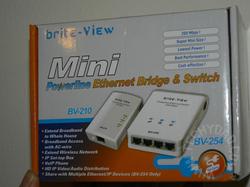
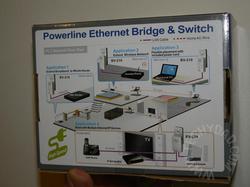
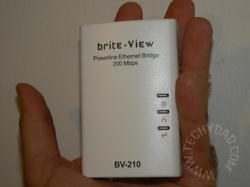
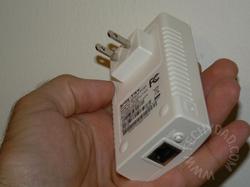
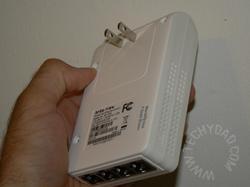
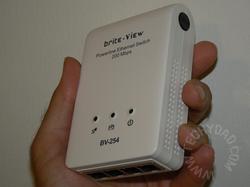






Pingback: Tweets that mention Easy Linkup with LinkE | TechyDad -- Topsy.com